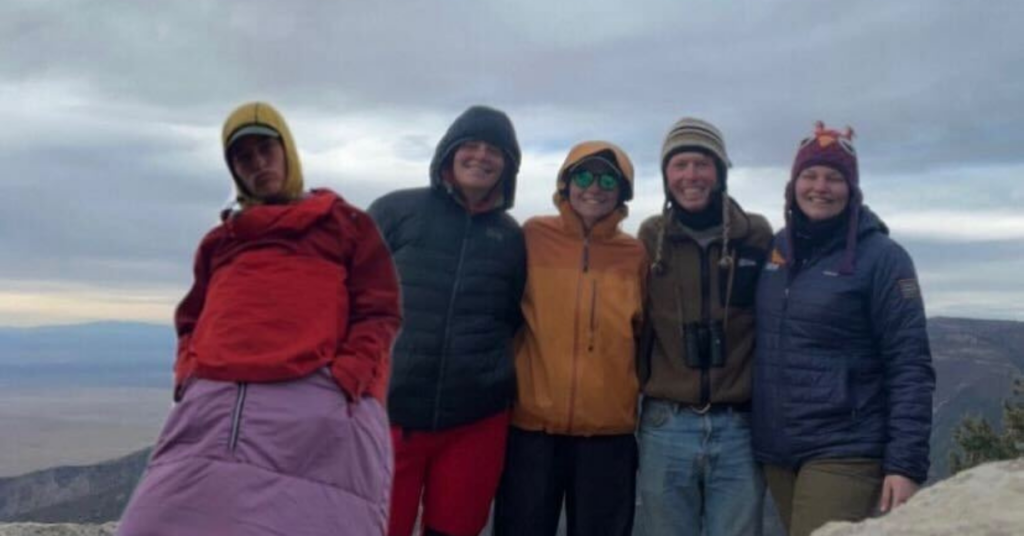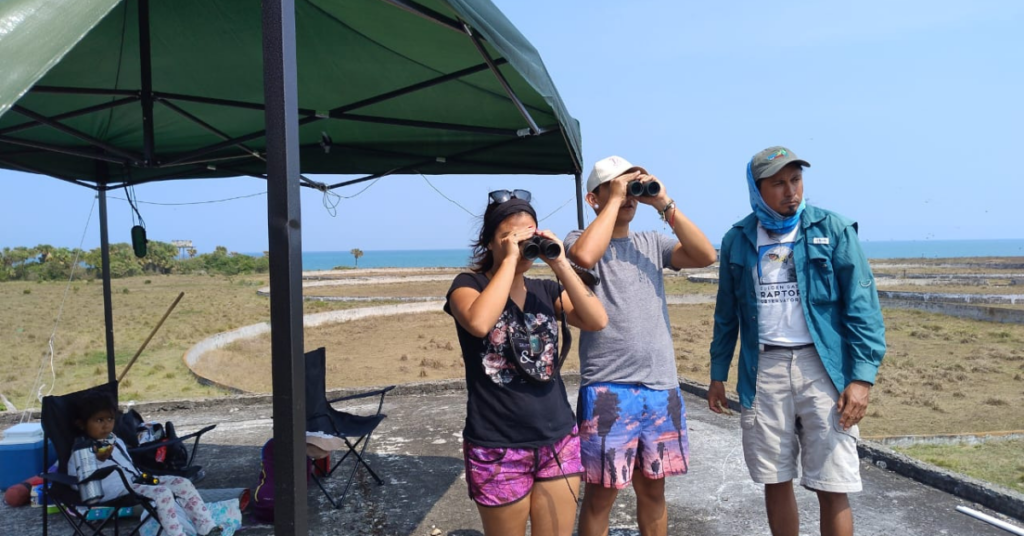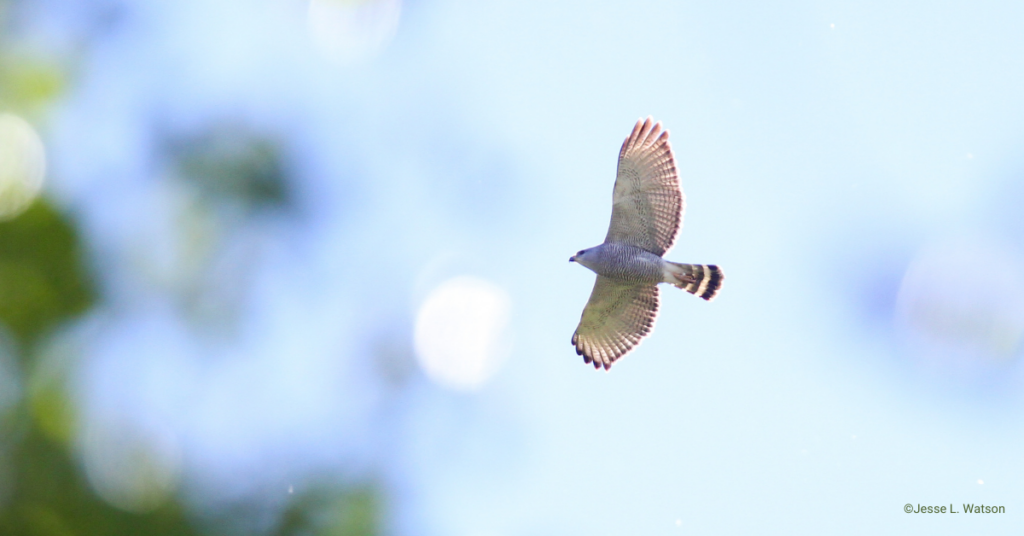Inviting raptors to your yard not only makes for pleasant bird watching but also balances the health of your yard’s ecosystem. As predators, raptors will help keep down the levels of small rodents like the mice who are entering your home, the insects eating the tomatoes in your vegetable garden, and the snakes hiding in the grass. Raptors are a sign that you have successfully created a healthy shared environment for birds—and people too! It is important to note that these tips increase your chances of raptors showing up, but there are no guarantees.
Plant Native to Increase Biodiversity
If you want to bring raptors into your yard, you have to create an environment that is inviting to their prey. Planting native is a good start.

Bringing in local plants begins a cascade, attracting local insects and the songbirds that feed on them—both of which raptors love to dine on! Putting up a bird feeder may attract songbirds, and thus raptors, to your yard, but feeders come with some negatives and have far fewer positives than natives. For example, feeders can harbor diseases and end up hurting the birds you are trying to help. Native plants, on the other hand, improve air quality, are nice on the eyes, and bring a diversity of wildlife to your home. If you do opt for a feeder, be sure to place it far away from windows to prevent collisions.
Provide a Water Source
Raptors typically don’t stop to drink water as they stay hydrated through their meals. Raptors do, however, like to stop by water to take a cooling bath. A water feature that has moving water will make sound and as a result, be more likely to draw in birds. If you install a bird bath, switch out the water daily to prevent the build-up of salmonella or other bacteria. Additionally, make sure the bird bath is at least 3 feet away from a window to prevent accidental collisions.
Offer Spaces to Hunt and Nest
Different species of raptors prefer different areas for nesting and hunting. Accipiters, like Sharp-shinned Hawks, prefer to hunt in forested areas. To attract American Kestrels, you may want to create a meadow, as they prefer open fields. Providing tall, mature trees for perching or nesting can bring buteos like Red-tailed Hawks to your yard. Leaving snags or dead trees welcomes cavity nesters like Screech-owls. Alternatively, if leaving up a dead tree close to your home is unsafe, you can put up nestboxes. We have instructions on how to build your own nestbox here.
Keep your home pesticide-free
Herbicides and pesticides not only kill off pest species but also the charismatic flora and fauna you want in your yard. If you follow step one, and plant natives in your yard, these plants are better suited to your local environment and, as a result, are more resistant to pests. Poisons to kill pest species tend to travel up the food chain and can indirectly cause sickness or even death in raptors.
Create a peaceful and private space
In general, raptors prefer to feed in a private space where they feel safe. Providing a peaceful place, free of loud music or lots of human activity, will make a bird more likely to stay and enjoy their meal. Part of creating a peaceful space is keeping your cat indoors. Although cats are not harmful to most birds of prey, they can be a danger to smaller raptors and songbirds. Creating a sanctuary for birds and then setting your cat loose isn’t exactly kind to our feathered friends.
Never bait raptors
Although maybe well-intentioned, leaving out meat or live mice to lure raptors is considered unethical. This can lead birds to associate humans with food and thus diminish their natural fear response. Additionally, young birds may come to rely on this food and never learn to truly hunt. As a result, these individuals will be less likely to survive in the long term.
Are you in need of professional help with making your space more welcoming for raptors or other technical advice? Our team of scientists is available to consult on a variety of projects. Click here to learn more.
This blog was written by Sammy Riccio, HWI’s Donor Engagement Coordinator. You can learn more about Sammy here.



